Holiday Viewing Survival Guide
6 Classics of Vintage Escapism and Impeccable Storytelling To See Us Through The Festive Madness
We’re not even halfway through and it’s already felt like a long December, but I hope you can carve out some time for yourselves over the coming weeks.
There is something about this season which calls us to slow down, and there are certain cinematic and televisual regulars which I indulge in a little more than usual as the year draws to a close. Here are a few which I feel will bring a little calm and comfort to you as the holiday tumult begins to take hold.
Any of the Ealing Movies
Ealing Studios were a staple of postwar English cinema and where Alec Guinness cemented his reputation as an on-screen legend. There is a charm and wit to these features which has never really been replicated since. They mostly consist of comedy, drama and crime, oftentimes blended together with seamless ease.
Charming, exciting, well-crafted and impeccably delivered, the strength of both screenwriting and performance means these films remain accessible, enjoyable and memorable in equal measure. Kind Hearts and Coronets (1949), The Lavender Hill Mob (1951), The Man in the White Suit (1951) and The Ladykillers (1955) are among the strongest examples of the studio’s golden age, and will complement any cosy night by the fireside.
Alfred Hitchcock Presents
When there isn’t enough time for a movie, there’ll always be time for an episode of Alfred Hitchcock Presents. The show, which ran from 1955 to 1965 (later renamed the Alfred Hitchcock Hour), was introduced by the great director in a manner of amusing and wry ways. The directorial duties were, however, delegated to an up and coming roster of talented individuals. It was also a great place to spot notable names including Peter Lorre, Charles Bronson, Clint Eastwood and Bette Davis, as well as Darren McGavin (Kolchak himself!).
The show echos the morality tales of the popular comic books of the era, often with a sinister twist. They’re a masterclass in economic, effective writing, with stories from Ray Bradbury, James P. Cavanagh and Stirling Silliphant amongst others. The tight format and punchy delivery, mixed with an old-world charm, makes for the best form of dreamy escapism into a world of hoodlums, tricksters and conniving criminals, many of whom meet their comeuppance in the most surprising of ways.
Ghost Stories for Christmas
The uncanny tales of M.R. James and Charles Dickens are a supernatural delight and a holiday tradition dating back over a century. At Christmastime, James would have students over to his rooms at Cambridge, where they would indulge in a feast of fiction, most of which had an otherworldly perspective. Stories such as The Halls of Barchester, The Ash Tree and Whistle and I’ll Come To You were all beautifully adapted and are available now via several collections from the British Film Institute. Gothic, grandiose and ghastly, these are the perfect chill for the nights when the shadows loom large. Additionally, the Children’s Film Foundation Scary Stories serves as a worthy counterpart to these eerie offerings. These have been a tradition in my house for a number of years and I’m sure I’m not the only one.
The Twilight Zone / Night Gallery
The work of Rod Serling warrants many separate essays to explore the complexity, richness and cultural relevancy of his work, but for now we can just say that a holiday marathon of either The Twilight Zone or Night Gallery (but preferably both) will provide enough wonder and delight to form a lifelong bond. Serling’s morality tales are phenomenal, with an exploration into the human condition which is revelatory, enlightening and filled with heart.
Night Gallery is a darker affair, with a little more bite in places, and acts as a fine companion to its predecessor, but The Twilight Zone is untouchable. There have been fewer TV shows which have had so much ongoing influence on the media we consume to this day. Take a little time to find out why. You won’t regret it.
The Basil Rathbone & Nigel Bruce Sherlock Holmes Series
The quintessential Holmes and Watson, Rathbone and Bruce starred in two lavish, Victorian outings before the detective’s adventures were shifted to the contemporary era (which in this case was the WWII years). This was mainly due to the rights of the series being brought out by Universal who, like with their horror movies, churned out a steady run of b-pictures, with Holmes adding to their ever growing canon of literary-based adaptations. The movies condense, combine and take occasional liberties with Arthur Conan Doyle’s original stories, but they have the perfect tone for the holiday season. The House of Fear (1945), The Voice of Terror (1942) and, of course, The Hound of the Baskervilles (1939) are among the strongest of the series, which can be found on a relatively inexpensive DVD boxset.
Almost Anything with James Stewart (especially Harvey)
“In this world, you must be oh so smart, or oh so pleasant. Well, for years I was smart. I recommend pleasant.” ― Elwood P. Dowd (Harvey)
What can you say about James Stewart which hasn’t already been said? A charismatic charmer with a deep running sense of decency and charm. His debonair, everyman persona brought a sense of familiar relatability which set him apart from many other movie stars of the era. It’s A Wonderful Life (1946) is a well-established holiday classic and Harvey (1950) is one of my all-time movies. Other fine examples of Stewart’s work include Rear Window (1954), Vertigo (1958) and The Man Who Knew Too Much (1956) all by the wonderful Alfred Hitchcock, bringing us full circle.
So, as we inch towards a few weeks which can be blissful, stressful or downright traumatic, take a little time out and disappear into an age long gone, and familiarise yourself with some of these true delights.
Now, let me know what you gravitate towards every Christmas season.

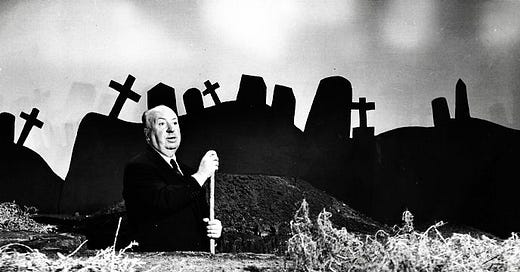



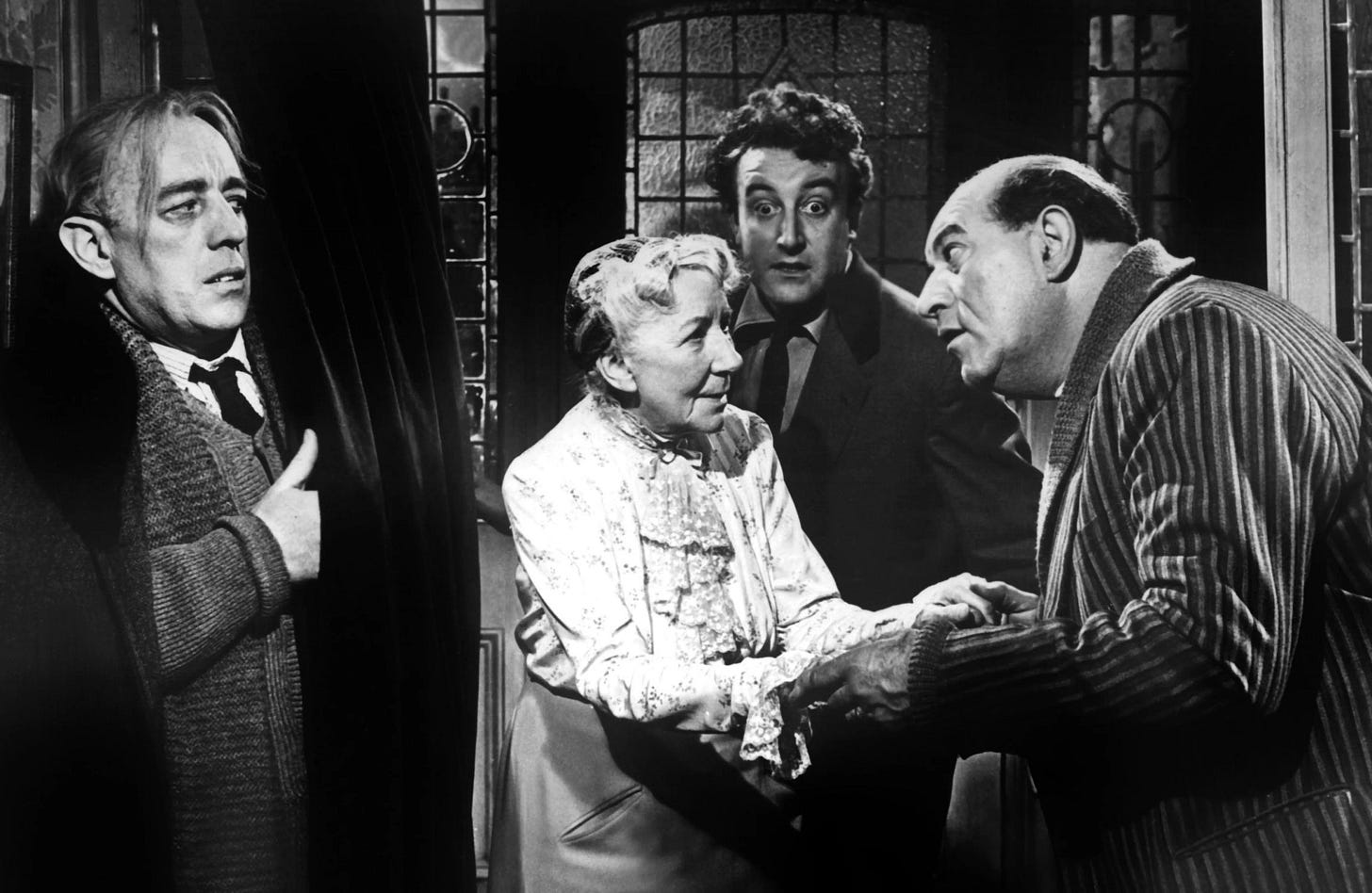
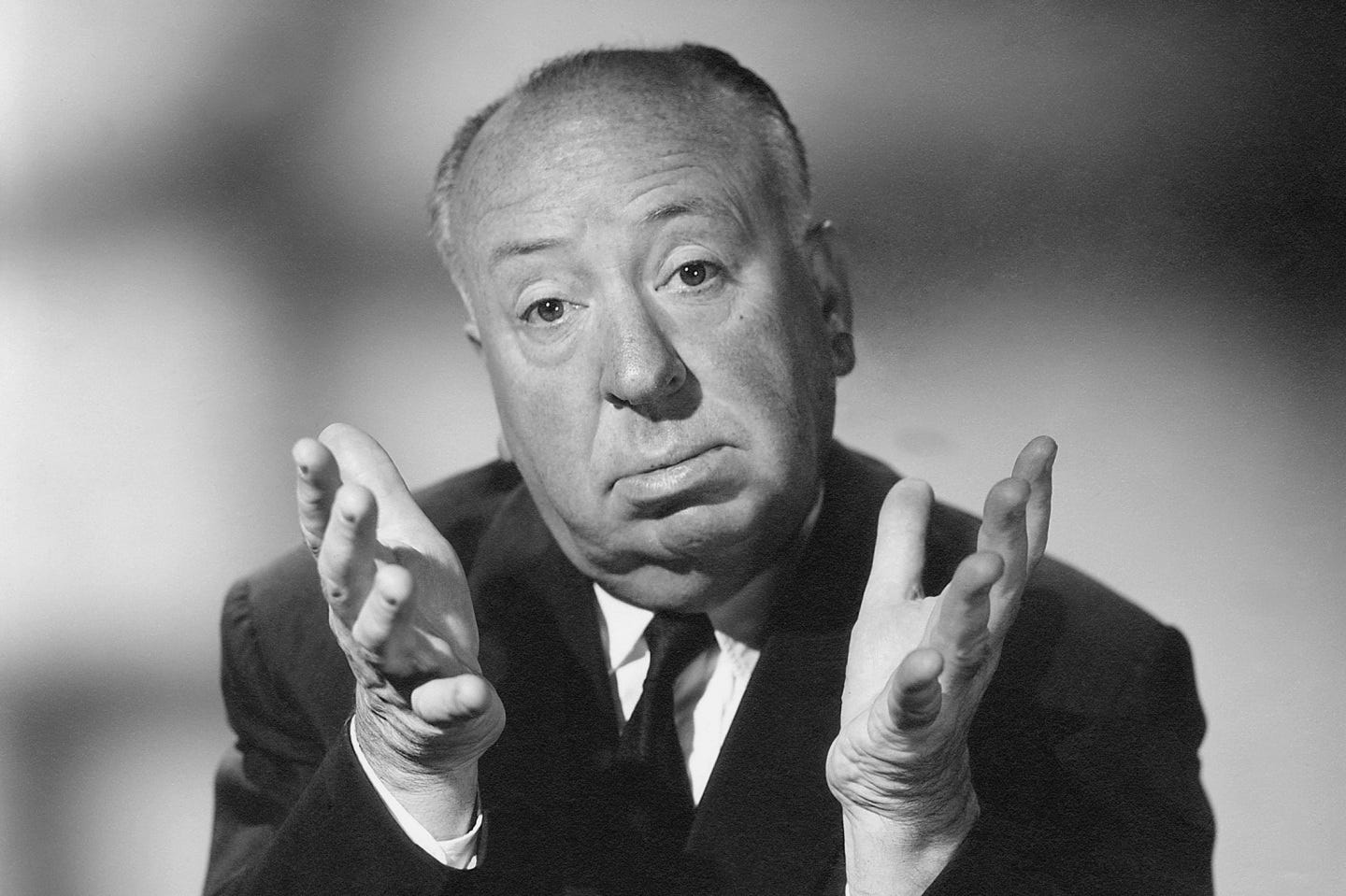
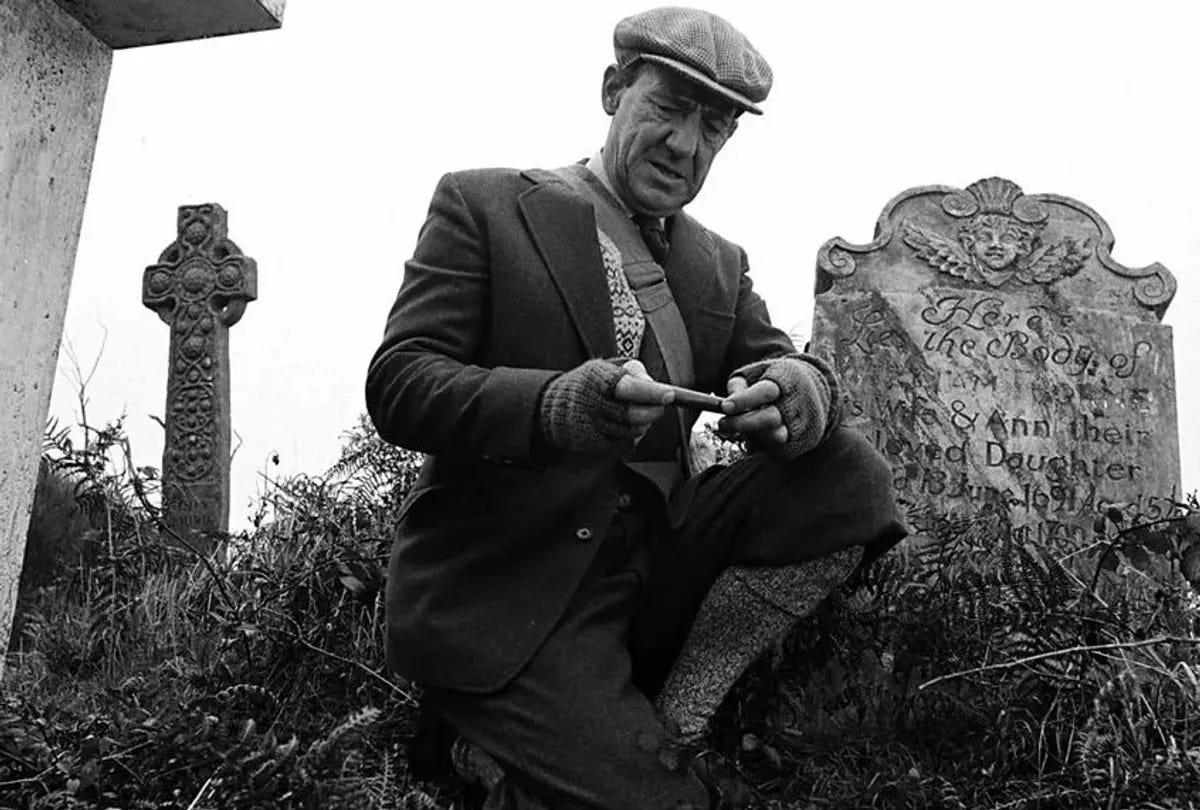
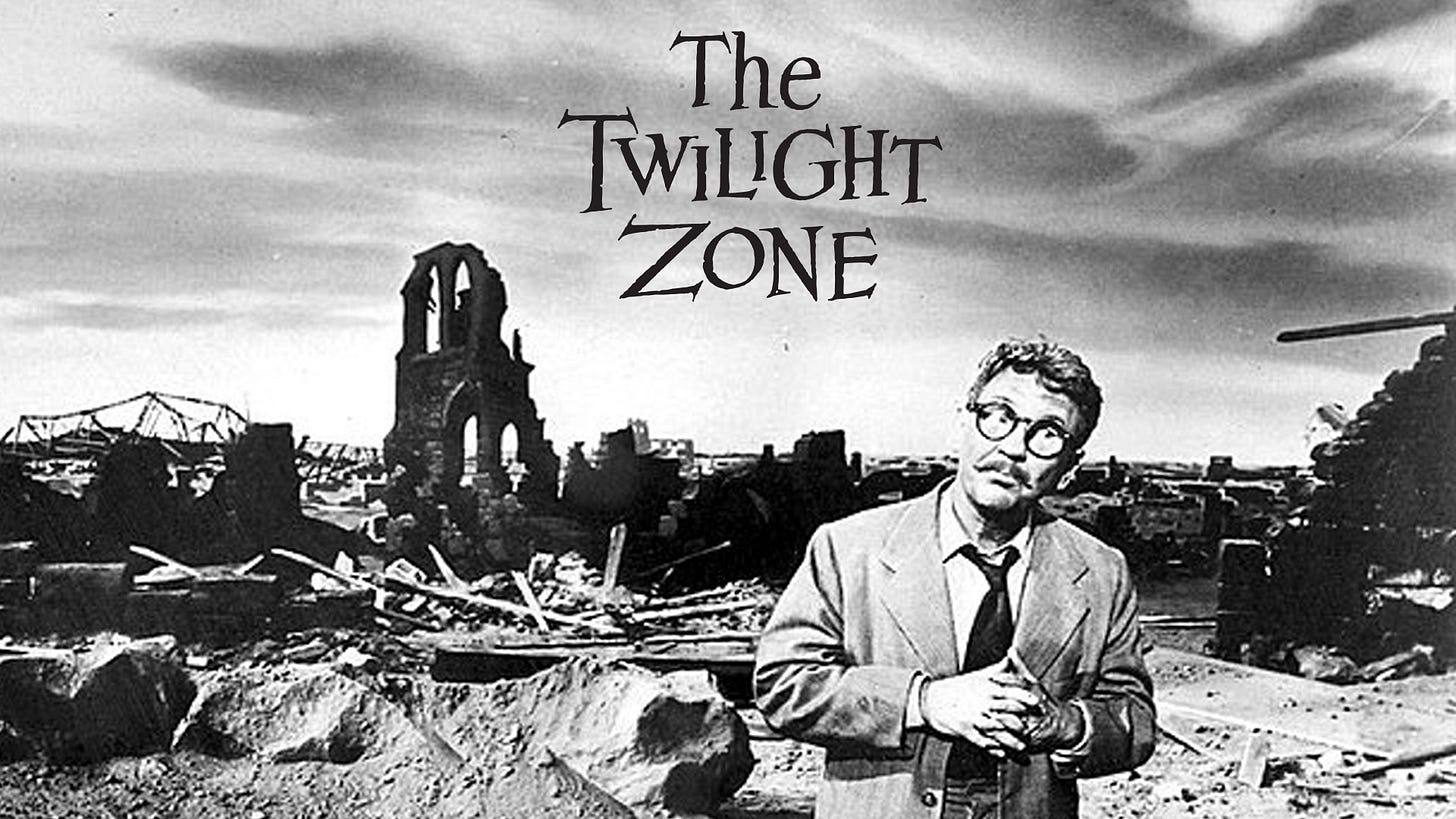
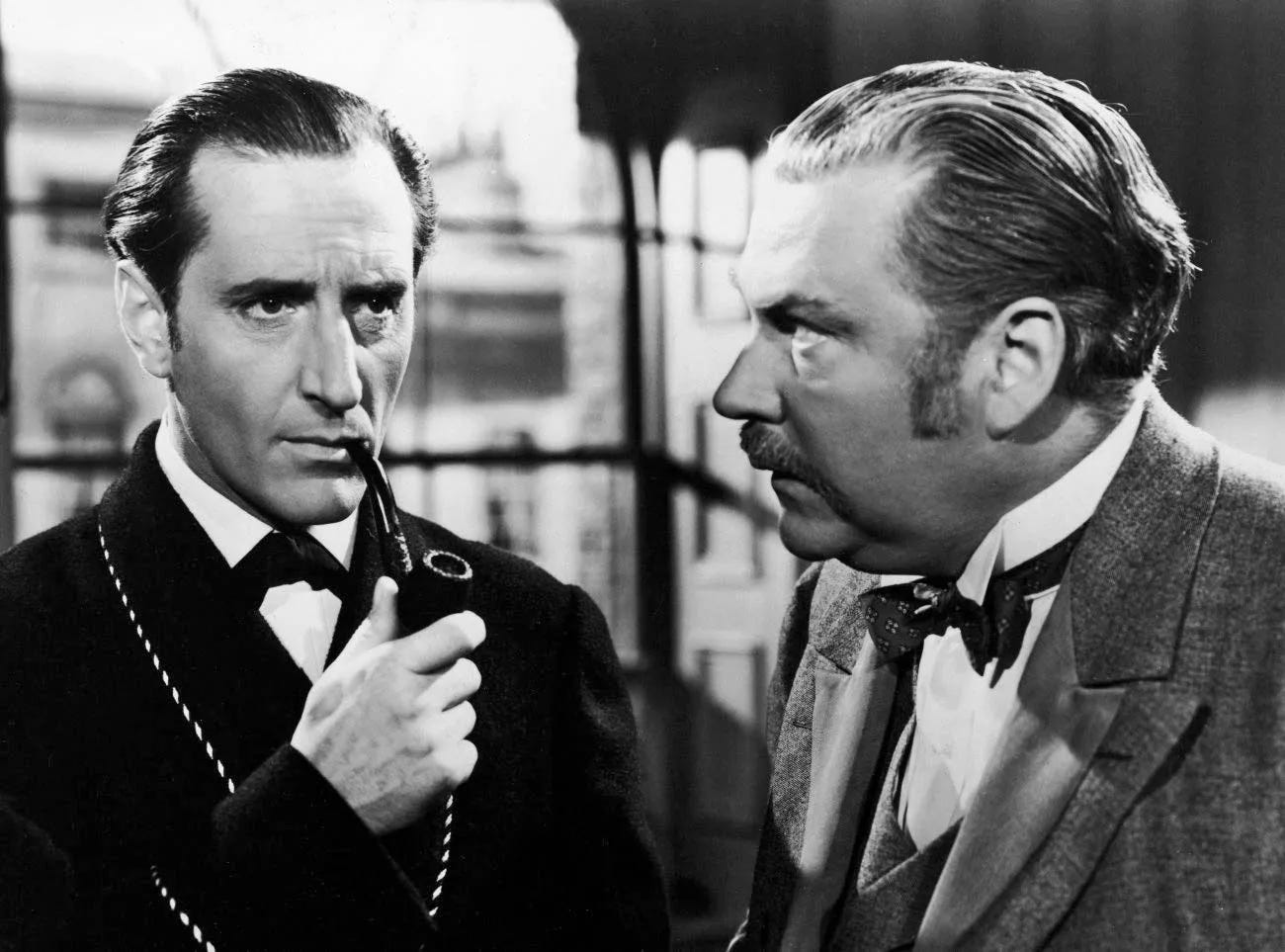

I think The Children’s Film Foundation's Scary Stories would go down well in our house. These seem in the same vein as one of my personal favourites - the TV dramatisation of Alan Garner's 'Owl Service'. It is stunningly terrifying because of the 1969ness of film/audio. Worth a watch, especially if you have just found some nice vintage dinner plates for the Christmas table this year.🦉